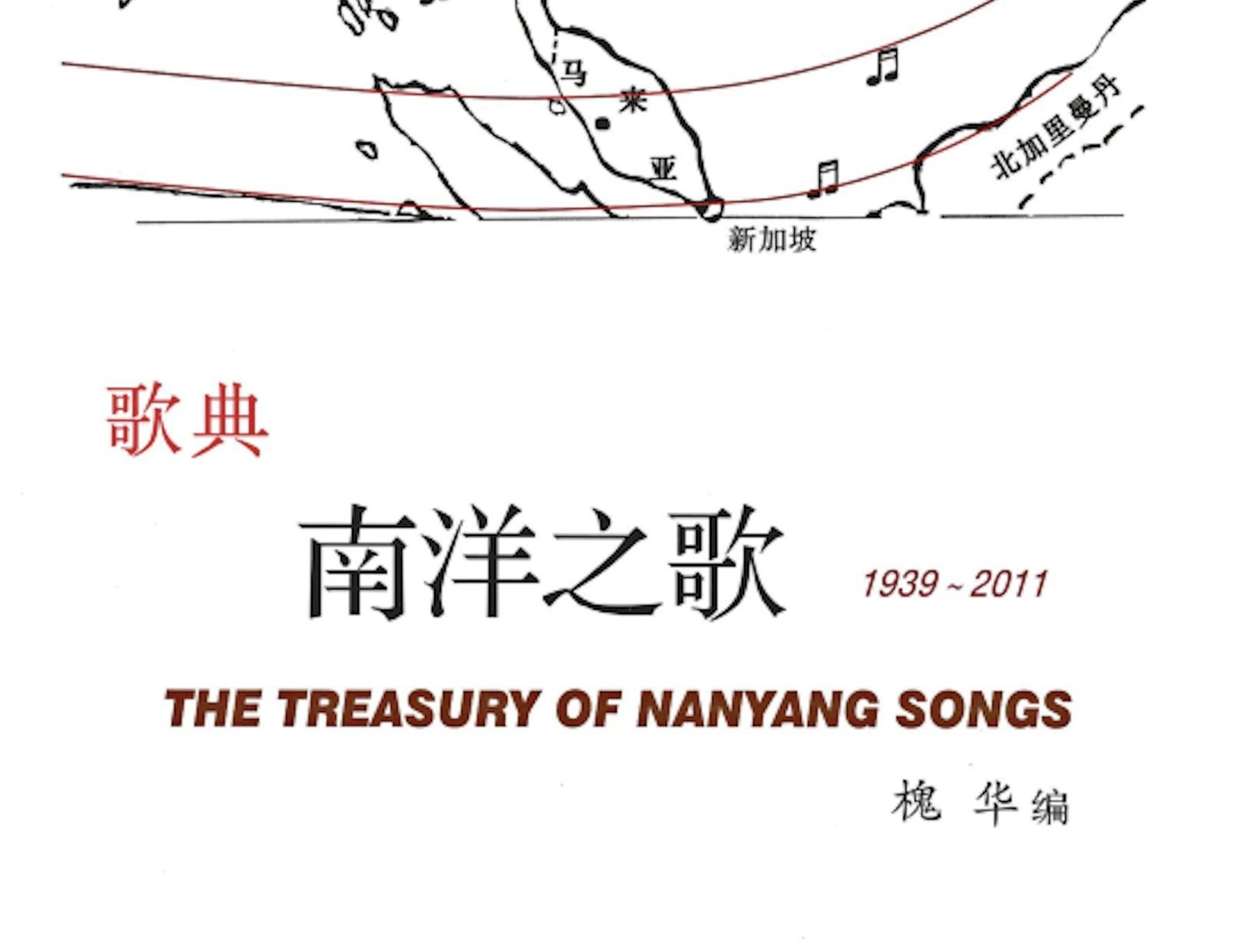Hainan music in Singapore
The descendants of Chinese immigrants make up over 70% of Singapore’s population today. As early as the 15th century, these immigrants began making their way across the ocean from China to settle in Malaysia and Singapore. Most of the earlier settlers, who belonged to various ethnic groups and spoke different dialects, came from southern China.
Among them were the Hainanese, whose numbers have grown over the last 600 years. According to the Singapore Census of Population 2020, there are around 183,000 Hainanese people living in Singapore,1 and they form the fifth-largest Chinese dialect group here. Like many close-knit Chinese immigrant communities, the Hainanese set up their own clan associations. These organisations were responsible for the general well-being of their members, helping them to settle down, find jobs, send money back to their loved ones in Hainan, as well as with other daily needs.
Different types of Hainan music
Examples of these clan groups include the Hainan Hwee Kuan — established in 1854 — and the Singapore Hainan Society, which was set up in 1956. These associations played an important role and became centres for Hainanese musicians, who went on to develop and promote Hainanese music in Singapore. Today, Hainanese music generally falls under three categories: folk songs, bayin (instrumental music based on eight instruments), and Hainan opera.
Hainanese folk songs, too, can be divided into three groups — mountain songs, fishing songs, and children’s songs. These songs are passed down from generation to generation by oral tradition. Well-known folk songs that are still being sung among the Hainanese today include Wuzhi shange (Wuzhi Mountain Song), Zhanzai shanding chang shange (Singing Mountain Song on the Mountain Top), and Ritou chuchu yu xiaxia (Raining on a Sunny Day).
The eight instruments of Hainan bayin can be split into two groups: melodic instruments — such as the suona, yueqin, yangqin, dizi, and diaoxian (a kind of erhu used in Hainanese opera) — and percussion instruments like drums, cymbals, and gongs. In the modern bayin ensemble, the array of instruments can be more flexibly adjusted to suit different performing needs. Bayin ensembles typically perform at festive events, such as weddings and celebrations for deities’ birthdays.
While folk songs and bayin provide the soundtrack to daily life, Hainan opera is considered a higher artistic form. Over its long history, it has developed a set of standardised rules that are followed rigorously. Hainan opera can be divided into historical drama and modern stage play. A historical drama tells a story about past events, while a modern stage play presents a contemporary story, and so acts as a mirror to society. The main instrumental accompaniment to Hainan opera is led by string instruments diaoxian, and accompanied by instruments such as the suona, yangqin, yueqin, daruan, dahu, drum, gong, and cymbal.

Legacy of Hainan opera
Hainan opera troupes were usually founded by famous opera stars, who formed associations with the goal of teaching the locals to perform professionally. One famous example was the now-defunct Singapore Opera Company, which was set up by renowned male performer Qing Shoulan (1808–1895) in 1859.2 Some of the most important associations which are still in operation were formed later. They include the Kheng Chew Junior Association (1956), Heng Nam Drama Association (1957, now Tien Heng Kang Heng Nam Drama Association), the Singapore Hymn Rhyme Seng Opera Club (1957), and the Lu Nam Ke Huan (1966), which all played an important role in the development of Hainan opera in Singapore.3
Works from Hainan opera troupes gained popularity through record sales, which made the music available to a much wider audience than before. Some of the most well-loved adaptations preserved on records are Hongye tishi (Poem on Autumn Leaves), Zhang Wenxiu (The Top Scholar Zhang Wenxiu), Liang Shanbo yu Zhu Yingtai (The Butterfly Lovers), and Aiqing yu huangjin (Romance and Gold). The popularity of Hainan opera led to the rise of local opera stars such as Goh Tok Boey, Foo Soon Lee, and Foo See Too; and musicians such as Foo Tiang Soon (1904–1989) and Han Yin Juan, all of whom are still remembered today for their artistic talents.
Singapore’s rich heritage today is a reflection of the diverse cultures of its immigrants, whose traditions have been woven into its social fabric. Among these, the musical heritage of the Hainanese immigrants holds its own special place, having been influenced initially by Teochew culture and then later by Cantonese cultural elements.
Thanks to the strength and support of Hainanese clan associations, Hainan music has endured in both form and popularity to become a cultural asset of Singapore.
| 1 | Singapore 2020 Census of Population, Singapore: Department of Statistics, Ministry of Trade & Industry. |
| 2 | Caituan faren zhonghua minsu yishu jijin hui, ed., 2002 Liangan xiqu dazhan xueshu yantao hui lunwen ji [Proceedings of the 2002 Cross-Strait Opera Exhibition Symposium] (Yilan: National Center for Traditional Arts, 2003), 174. |
| 3 | Koh Eng Soon, Xinjiapo Qiongju: 1965–2007, 5. |
Koh, Chin Yee. Buyi nandu: Zhongguo minjian wenyi zai xinjiapo de chuanbo yu bianqian [Propagation and transformation of Chinese folklore literature in Singapore]. Nanjing: Nanjing University Press, 2018. | |
Koh, Eng Soon. Xinjiapo Qiongju: 1965–2007 [Hainan Opera in Singapore: 1965–2007]. Singapore: Xu yongshun gongzuo ting, 2008. | |
Wong, Chin Soon. Shuo liyuan hua getai [About Liyuan opera and getai]. Singapore: Hainanese Cultural Society of Singapore, 2015. | |
Xinjiapo qiongzhou qingnian hui yinxi jinian kan [Commemorative Book of the Kheng Chew Junior Association]. Singapore: Kheng Chew Junior Association, 1983. | |
Yi, Yan. Liyuan shiji: xinjiapo huazu difang xiqu zhi lu [Hundred Years Development of Singapore Chinese Opera]. Singapore: The Singapore Chinese Opera Institute, 2015. |










